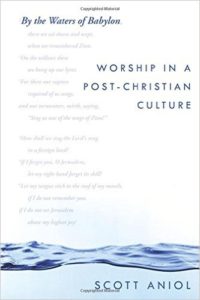Review - The Church of the Fundamentalists
Larry Oats prefaces his new book, The Church of the Fundamentalists, by noting “While much has been written on the histories of the fundamentalist and evangelical movement, the theological basis of that division has frequently been overlooked. The purpose of this book is to examine how the ecclesiologies of mid-twentieth century fundamentalists and evangelicals affected their views of ecclesiastical separation and how those views led individuals to establish, abandon, or modify their views of ecclesiastical separation.” In other words, the controversies swirling around the fundamentalist issue center on the question, “What is the church supposed to be?”
The book contains four chapters with an introduction and conclusion in its 176 pages. The first chapter surveys “Varieties of Ecclesiologies,” really a survey of the “primary historical views of the nature of the church.” (25) This background is necessary in order to understand the theology driving the fundamentalist-vs.-evangelical answers to this central question.



Discussion